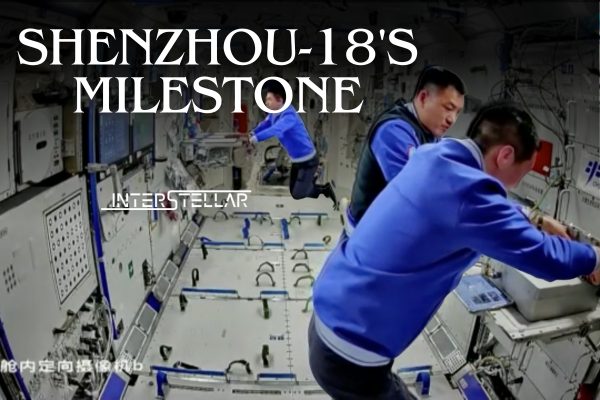Shenzhou-18 Crew Completes Extensive In-Orbit Tasks
The Shenzhou-18 crew has been active in conducting a range of in-orbit experiments, physical exercises, and their first extravehicular activities since entering China’s space station on April 26.
Astronauts’ Six-Month Mission
On April 25, three Chinese astronauts, Ye Guangfu, Li Cong, and Li Guangsu, launched from the Jiuquan Satellite Launch Center. Their mission, lasting six months, involves numerous scientific tasks and experiments.
Life Science and Ecological Experiments
Four zebrafish and hornwort were brought into orbit for a life science and ecological experiment. The crew has successfully performed two water samplings and one fish food container replacement. They observed unusual behaviours in the zebrafish under microgravity, such as rotational movements and swimming upside-down. The samples and videos will be sent back to Earth to study how space affects vertebrate growth and behaviour, aiding research on ecosystem material circulation in space.
Key Scientific Tasks
The crew replaced samples in the container-free material cabinet, a key site for various research projects. They also replaced a burner and managed waste gases in the combustion experimental cabinet, one of eight on the Mengtian lab module. This cabinet is crucial for studying combustion, space propulsion, fire safety, and pollution control in space. Additionally, they installed and tested a conversion cable for a combustion solenoid valve, enabling precise fuel flow control.
Addressing Physiological Challenges
Microgravity poses several physiological challenges, such as cardiovascular changes, muscle atrophy, and bone density loss. The astronauts used ultrasound diagnostics for carotid artery imaging and spectrum testing and performed bone density tests. Regular exercises, including treadmill and resistance training, help maintain their physical health during the mission.
Historic Spacewalk
On May 28, the crew completed their first spacewalk, lasting about 8.5 hours, setting a record for the longest extravehicular activity by Chinese astronauts. They installed space debris protection devices and completed other essential tasks outside the Tiangong space station.





